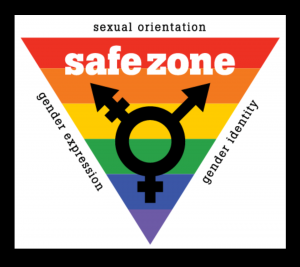Attachment Theory posits that our earliest relationships as children, with our closest caregivers, shape all future relationships and attachments with others into adulthood. As adults, we develop either insecure or secure attachment styles based upon those early interactions. As you may have guessed, a secure attachment style contributes positively to relationships, while an insecure attachment style can wreak havoc on relationships, often yielding unhealthy or limited connections with others.
The ability to develop secure attachments derives from the underlying belief that one can depend upon others in times of need; that support will be available, establishing an air of trust and bonding. This type of attachment style allows for engagement in meaningful relationships with others and emotional connectivity. This sense of security promotes a healthy give and take in relationships, expecting that others will support them and reciprocating the same in kind.
On the other end of the spectrum lie insecure attachments. An insecure attachment style generally manifests, within an adult, in either attachment anxiety or attachment avoidance. So what might this look like? Individuals with an avoidant attachment style are more likely to minimize or downplay the importance of close relationships or connections. They to be more cognitively focused than emotionally focused – more thinkers, than feelers. In addition, they may come across as distant and even cold. When confronted with potential for relationship intimacy or closeness, they tend to back away or retreat from it. There is a discomfort experienced with increased intimacy imposed by others.
Unlike those with attachment avoidance, those with attachment anxiety may appear more clingy or needy in their relationship interactions. They are generally more inclined to seek contact and support from those around them. However, their personal relationships are frequently unstable and unpredictable. They will demonstrate hypersensitivity to perceived abandonment. This intense reactivity to what they perceive as rejection by someone tends to drive others away, which only stands to further reinforce the fear of being abandoned and continued maintenance of attachment anxiety.
If you find yourself nodding in understanding because you can identify with either of the descriptions, there is certainly possibility for growth and change – if you want it – as it relates to changing your attachment style. Naturally, the first step is simply recognizing that you may fall into one of these categories or have the tendency to favor some of the identified characteristics within the examples. Knowing that you have the propensity to be avoidant or anxious when it comes to relationships with others, gives you a place to start.
Counseling can be very helpful in processing some of the history that contributes to your attachment style to give you a basis of understanding and then examining the core beliefs that currently influence your behavior in order to make necessary changes in how you view and think about connections with others. Specifically, cognitive behavioral therapy has been shown to be helpful. Whether you find the help with me or with someone else, at least consider working with someone toward giving yourself a world of possibility when it comes to having security and depth in your connections with others.
 Regards,
Regards,
Dana
<Disclaimer: Content of this blog is for information purposes only and not intended as therapy or medical advice>











